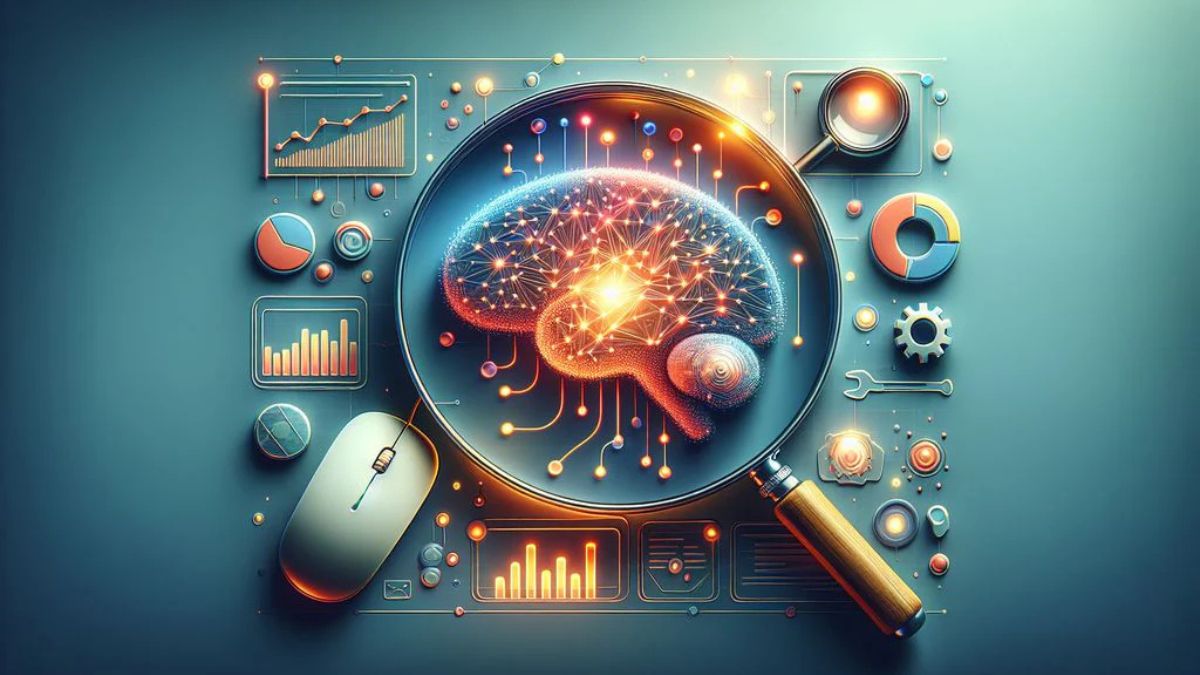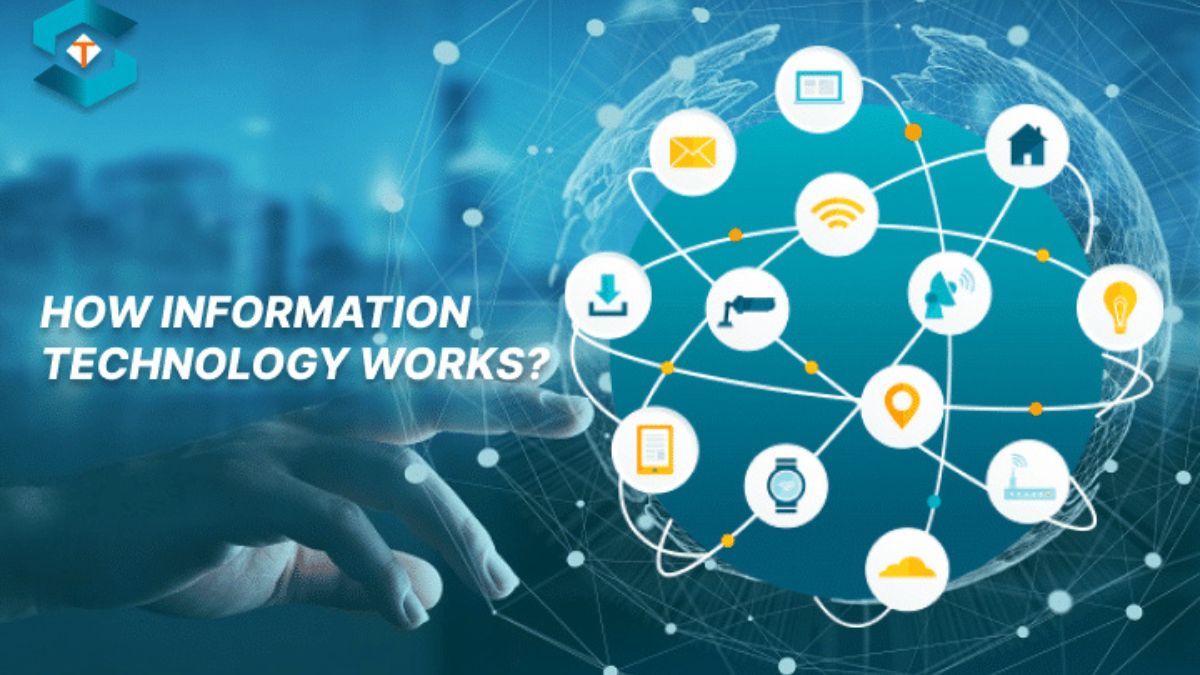Information Technology (IT) has become an integral part of our lives, shaping how we work, communicate, and connect with the world. Whether you’re running a business, managing personal devices, or wondering why IT is relevant, this blog unpacks the essentials. We’ll explore its core components, benefits for businesses and individuals, and how IT continues to drive innovation in every sector.
What Is Information Technology?
At its core, Information Technology refers to the use of computers, networks, storage devices, software, and other digital tools to store, manage, and share information. IT is the backbone of operations for most organization, transcending industries such as healthcare, education, finance, and entertainment.
To make it clearer, think about everyday life and how services or tools like Google Docs, Netflix, or the cloud function. Each relies on IT systems for access, efficiency, and success.
Key Components of IT
- Hardware: These are the tangible devices we use, including servers, laptops, smartphones, and wearables.
- Software: Applications and programs that allow hardware to perform specific tasks, such as antivirus tools or project management platforms.
- Networks: The interconnected systems that enable communication and data sharing, including Wi-Fi, the internet, and intranets.
- Data Management: Methods to store, analyze, and organize information efficiently, such as databases and cloud solutions.
- Cybersecurity: Technologies and practices aimed at protecting sensitive data and IT systems from cyber threats.
Why Information Technology Matters
1. Enhancing Business Efficiency
Businesses rely on IT to streamline operations. From automating tedious processes to managing supply chains, IT enables companies to save time and cut costs. For example:
- Customer Relationship Management Tools (CRMs) like Salesforce help teams organize customer data, track interactions, and improve sales strategies.
- Enterprise Resource Planning (ERP) software like SAP integrates various functions—from HR to finance—into one database, enabling seamless communication.
2. Connecting the World
IT has transformed how we connect with each other. Video-conferencing platforms like Zoom and collaboration tools like Slack have bridged geographic boundaries, making remote work not only possible but practical.
3. Driving Data-Driven Decisions
With advances in IT, companies can analyze massive amounts of data to uncover trends, patterns, and insights. Tools like Power BI or Tableau enable companies to make informed decisions, from predicting customer behavior to identifying untapped markets.
4. Fostering Creativity and Innovation
From virtual reality games to AI-powered tools, IT fosters creativity. It has redefined industries like entertainment (think streaming through Spotify) as well as education, with e-learning platforms enabling virtual classrooms worldwide.
5. Safeguarding Information
With a growing number of cyber threats, IT’s role in cybersecurity has never been more critical. Firewalls, encryption, and secure networks ensure that sensitive data is guarded, allowing individuals and organizations to operate securely.
The Benefits of IT for Individuals
IT doesn’t just benefit businesses; it enhances individual lives in countless ways:
- Communication: Staying connected through apps like WhatsApp or emails regardless of the distance.
- Access to Information: IT democratized knowledge with platforms like Wikipedia, Khan Academy, or YouTube tutorials.
- Convenience: IT powers e-commerce, from booking tickets on an app to ordering groceries online.
- Skill Development: Platforms like LinkedIn Learning and Coursera empower individuals to learn new skills on demand.
Trends Driving the Future of IT
The field of IT is incredibly dynamic. Here are some of the top trends shaping tomorrow’s landscape:
1. Artificial Intelligence and Machine Learning
AI and Machine Learning software are changing how businesses make decisions, predict trends, and interact with users. AI chatbots, for example, provide personalized customer service without requiring human agents.
2. Cloud Computing
Many organizations are migrating to the cloud for greater flexibility and scalability. Tools like Amazon Web Services (AWS) and Microsoft Azure allow businesses to store and manage data securely while reducing operating costs.
3. Internet of Things (IoT)
IoT connects physical devices to the internet, enabling automation and smarter decision-making. From smart home devices like Google Nest to industrial IoT solutions improving manufacturing, its applications are growing rapidly.
4. 5G Technology
The rollout of 5G networks promises faster internet, enhanced connectivity, and smooth implementation of data-heavy applications such as AR/VR.
5. Cybersecurity Advances
With cyberattacks on the rise, IT security is a top priority. Tools using AI to predict and prevent attacks are becoming increasingly prevalent, ensuring data privacy for businesses and individuals alike.
How IT Professionals Shape the Industry
Professionals in Information Technology are problem-solvers and innovators. Roles vary widely, including:
- IT Support Specialists who troubleshoot day-to-day tech problems.
- Network Administrators who design and manage communication systems.
- Software Developers who create apps, platforms, and systems.
- Data Analysts who make sense of complex datasets.
- Cybersecurity Experts who thwart potential attacks.
If you’re pursuing or considering a career in IT, there has never been a better time to join this growing field.
Getting Started with IT in Your Business or Life
Whether you’re an entrepreneur, a business leader, or someone exploring new technologies, you can start integrating IT into your workflows by:
- Investing in basic tools like cloud storage and cybersecurity software.
- Taking courses to deepen your understanding of IT concepts and applications.
- Hiring IT professionals or outsourcing services to experience tech providers.
For individuals, adopting tools like password managers, productivity apps, or e-learning platforms can significantly simplify daily tasks and enhance skill sets.
Building a Competitive Edge with IT
Those who adapt to IT trends can achieve a powerful competitive advantage. Businesses can grow revenue streams, optimize their resources, and open new market opportunities. On the other hand, individuals who engage with IT tools and frameworks will unlock endless learning opportunities, career options, and personal productivity boosts.
FAQs
1. What is Information Technology (IT)?
Information Technology (IT) refers to the use of computers, software, networks, and systems to manage, process, and store data. It plays a vital role in both personal and professional environments, enabling efficient communication, productivity, and innovation.
2. Why is IT important for businesses?
IT allows businesses to optimize operations, streamline workflows, and gain valuable insights through data analysis. It also enables scalability, enhances customer experiences, and opens access to global markets, giving companies a competitive edge.
3. How can individuals improve their IT skills?
Individuals can improve their IT skills by taking online courses, earning certifications, participating in workshops, or engaging with practical projects. Exploring tools, platforms, and emerging technologies is also essential for continuous learning.
4. What role does cybersecurity play in IT?
Cybersecurity is a critical aspect of IT that protects systems, networks, and data from digital threats. It ensures the confidentiality, integrity, and availability of information, safeguarding both personal and organizational assets.
5. How can technology improve productivity?
Technology improves productivity by automating repetitive tasks, facilitating communication, and providing platforms to track and manage goals. Tools like project management software or AI-driven solutions help individuals and teams accomplish more efficiently and effectively.











